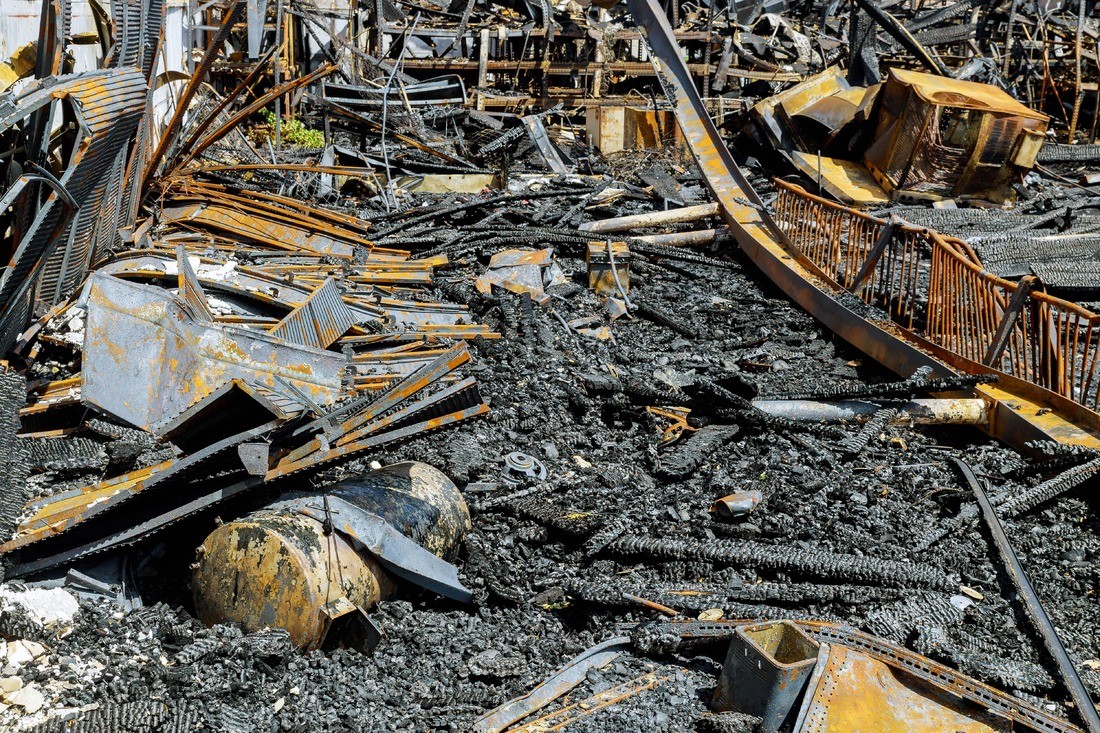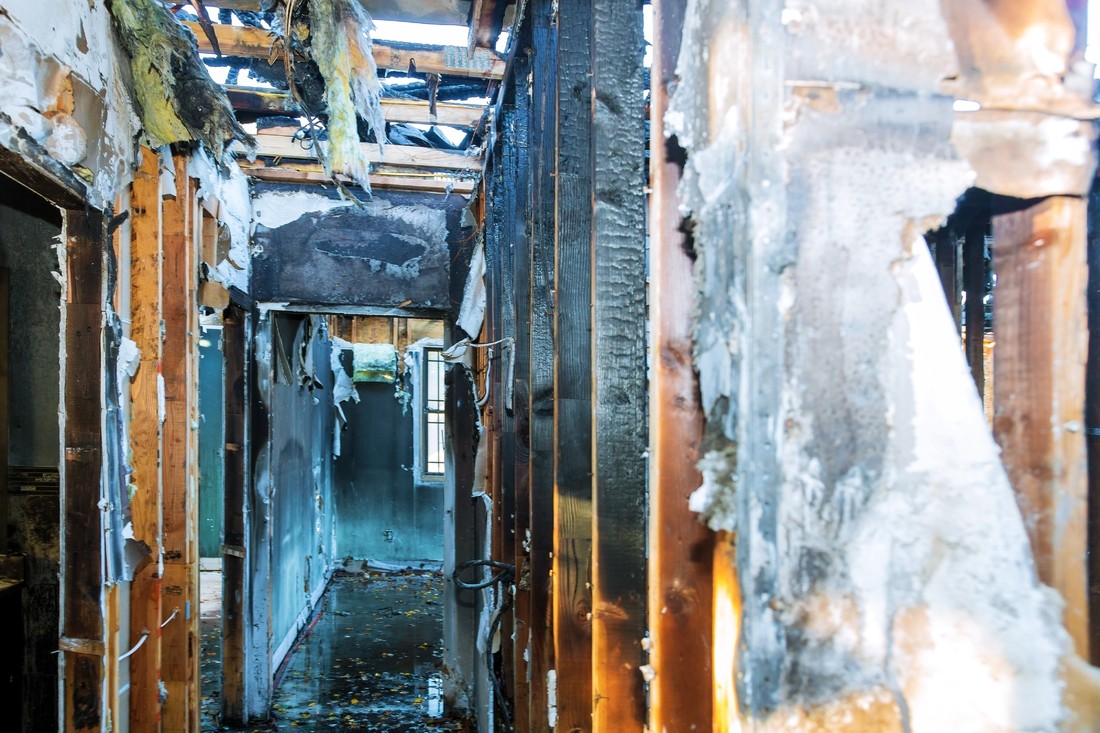
Fire Damage Restoration: Importance of Proper Ventilation
Fire damage restoration is a critical process that aims to restore a property after it has been damaged by fire. The restoration process involves various steps, including removing debris, repairing structural damage, and cleaning up soot and smoke residue. One important aspect of fire damage restoration is ensuring proper ventilation throughout the property.
The Role of Ventilation in Fire Damage Restoration
.jpg)
Proper ventilation plays a crucial role in fire damage restoration for several reasons:
1. Smoke Odor Elimination:
After a fire, smoke odor can permeate throughout the property, lingering in carpets, furniture, and other porous materials. Ventilation helps to remove the smoke particles and odors, improving the air quality within the building. This is essential for the comfort and health of the occupants.
2. Removal of Harmful Gases:
During a fire, hazardous gases such as carbon monoxide and nitrogen dioxide are released. These gases can be harmful or even fatal if inhaled. Proper ventilation helps to remove these gases from the property, making it safe for restoration crews and occupants.

3. Prevention of Further Damage:
Smoke and soot can continue to cause damage even after the fire has been extinguished. Without proper ventilation, these particles can settle on surfaces, causing discoloration and corrosion. By ensuring adequate airflow and ventilation, the spread of soot and smoke residue can be minimized, preventing further damage.
4. Drying Out Moisture:
Water is often used to extinguish fires, resulting in water damage within the property. Moisture can promote the growth of mold and mildew, further complicating the restoration process. Proper ventilation helps to dry out the affected areas, reducing the risk of mold growth and facilitating faster restoration.
Methods of Ventilation
There are various methods of ventilation that can be employed during fire damage restoration:
1. Natural Ventilation:
Natural ventilation relies on utilizing existing openings, such as windows and doors, to allow fresh air to enter and smoke to exit. It is a cost-effective method but may not be sufficient for larger properties or heavily smoke-affected areas.
2. Mechanical Ventilation:
Mechanical ventilation involves the use of fans, blowers, and other equipment to force air movement and create a positive pressure environment. This method is effective in removing smoke, drying out moisture, and facilitating the restoration process.
3. HVAC System Integration:
Integrating the heating, ventilation, and air conditioning (HVAC) system into the fire damage restoration process can help distribute fresh air and remove smoke particles throughout the property. It is important to clean and inspect the HVAC system to prevent the spread of contaminants.
Conclusion
Proper ventilation is a crucial aspect of fire damage restoration. It eliminates smoke odor, removes harmful gases, prevents further damage, and accelerates the restoration process. Whether through natural ventilation, mechanical ventilation, or integration with the HVAC system, ensuring adequate airflow and ventilation is essential for successful fire damage restoration.
Frequently Asked Questions
Why is proper ventilation important in fire damage restoration?
What are the methods of ventilation in fire damage restoration?
Sources:
- NFPA report – Fire loss in the United States
- Facts + Statistics: Fire | III
- A Quick Guide to Fire Restoration | SafetyCulture
Note: The content provided here serves as a general overview and may not apply to every situation. For specific advice and guidance related to fire damage restoration, it is recommended to consult with professionals in the field.



